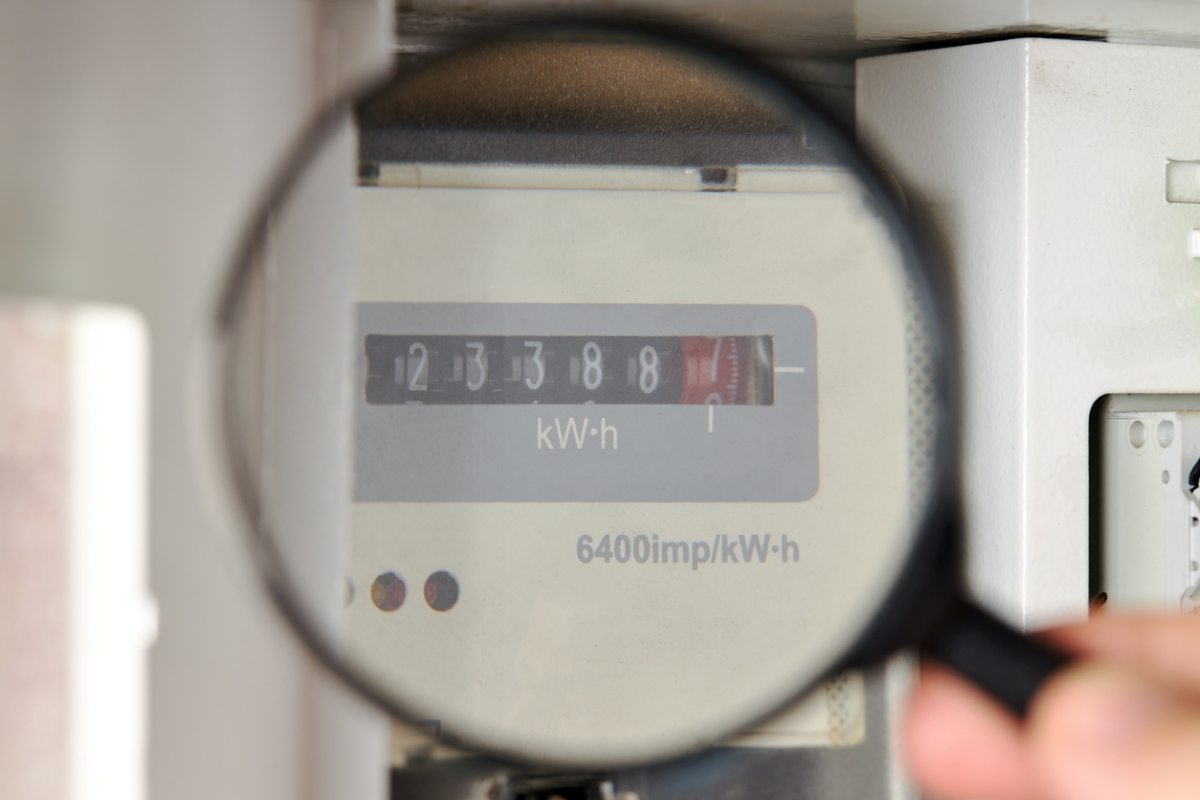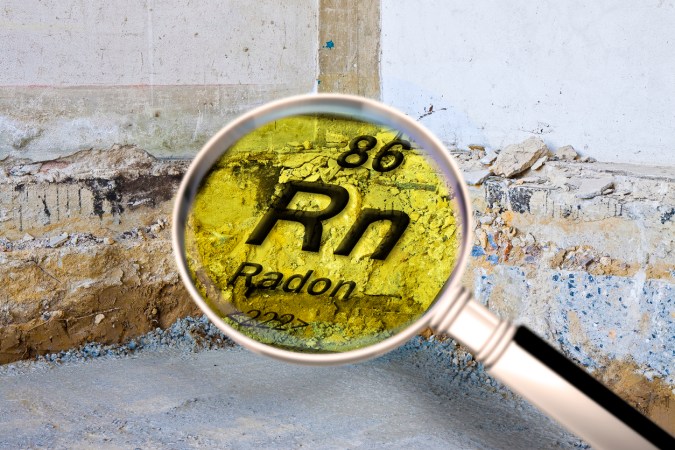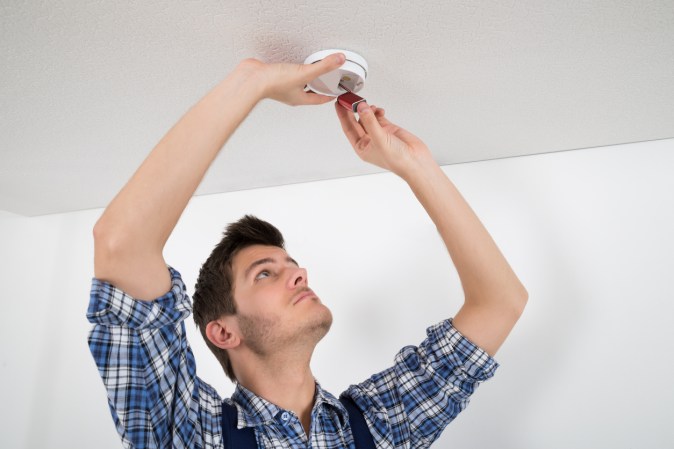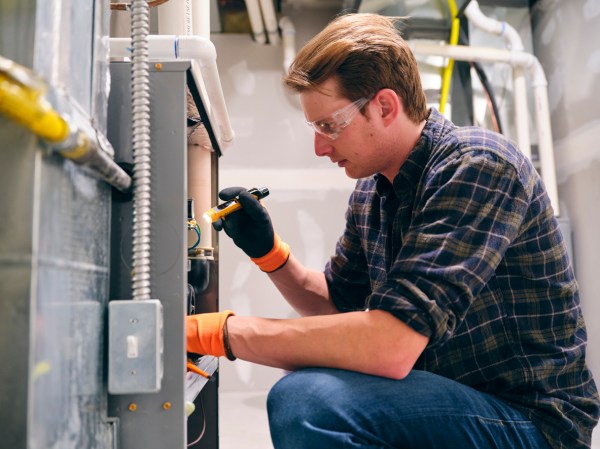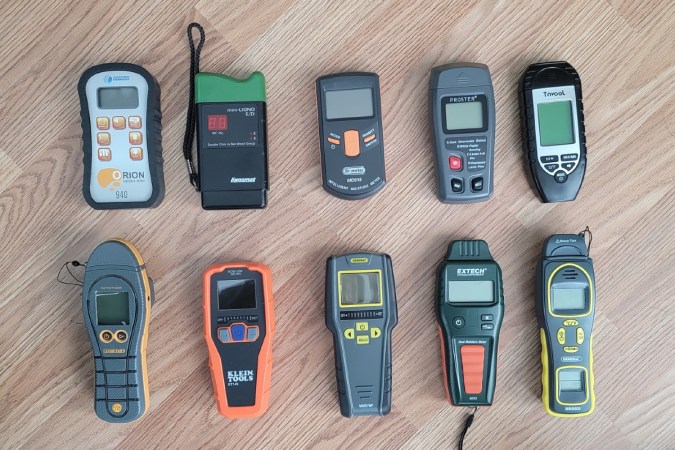We may earn revenue from the products available on this page and participate in affiliate programs. Learn More ›
There’s a growing focus on electric meters lately. With energy prices rising, many folks may have developed trust issues with the clock-like device hanging outside their home. Is it running correctly? Is the energy company or meter reader even checking the meter or do they just guess? How can this month’s electric bill be so high?
Concerns about energy prices and deception aside, anyone can learn how to read a natural gas or electric meter and track their energy usage from month to month. It’s a useful money-saving skill, so here’s how it’s done.
How to Read an Electric Meter
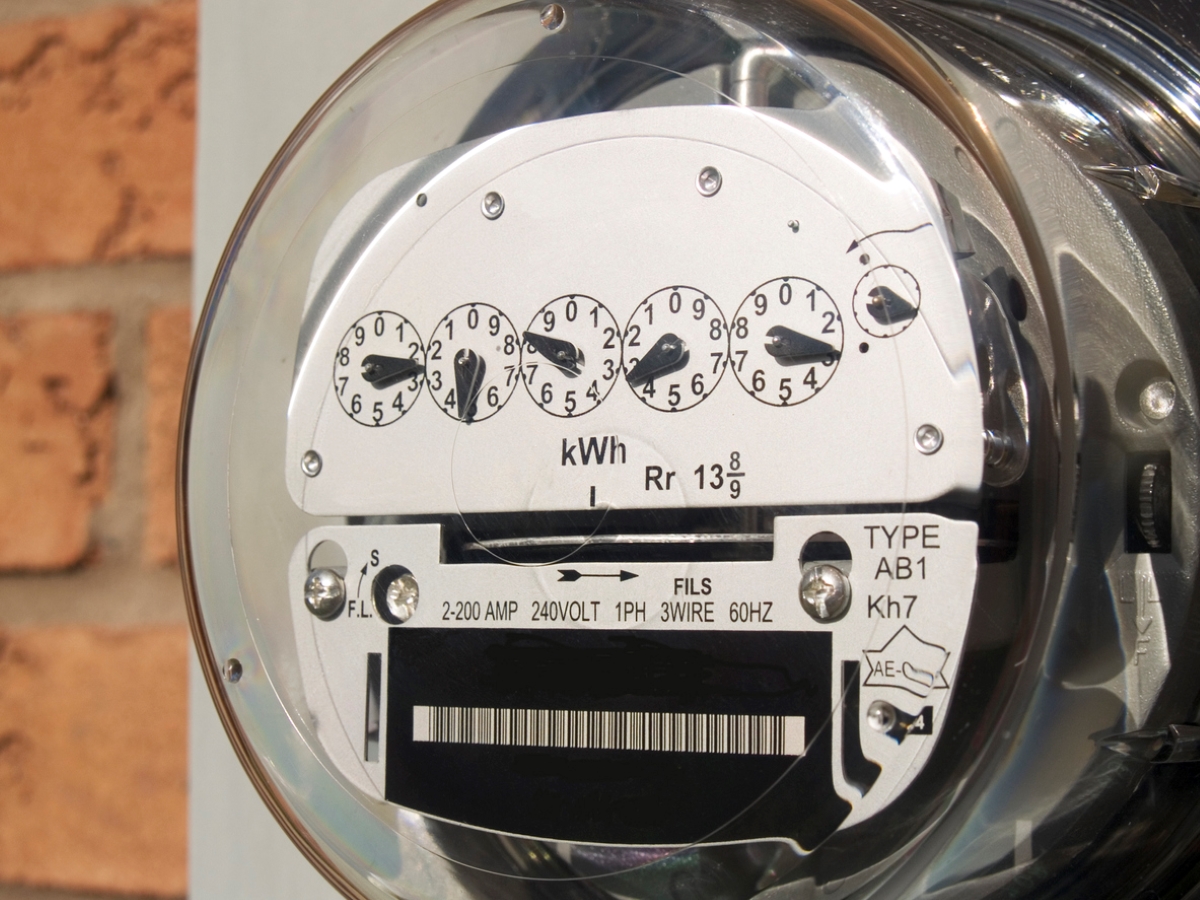
Before diving deeply into how to read an electricity meter, it’s important to understand what an electric meter reading is and what it means.
The base unit used to measure the electricity a home uses is the watt. But, since a house uses many thousands and thousands of watts each month, tracking watts is a challenge. Instead, the unit that most meters track is the kilowatt—a unit that’s equal to 1,000 watts. For example, 12,000 watts is equivalent to 12 kilowatts.
To make it slightly more challenging, meters actually track kilowatt-hours (kWh). But what is a kWh? Kilowatt-hours are the electrical energy equivalent of 1,000 watts for 1 hour. While that might make learning how to read a power meter a bit confusing, it does provide a baseline unit for tracking home electricity consumption.
Also, understand that there are two types of meters. The most common is an analog electric meter, which has small dials with arrows pointing to different values. The other is a digital electric meter, which clearly displays energy kWh on its face in clean, easy-to-read digits.
Analog displays are more challenging to read, but they’re not at all impossible to understand. As the home draws current from the power lines, small gears inside the meter turn arrows, and those arrows indicate power consumption. The following steps will help when reading an electric meter:
- Take a pencil and paper out to the meter and stand in front of it, as close to eye level as possible.
- Draw five circles on the paper, all in a row, to represent the meter’s dials. While this seems rudimentary, it will help with understanding where the individual readings belong in the next step.
- Begin reading the dials, starting with the dial furthest to the right and working to the left. Write down the numbers as you go, recording them in their corresponding circle.
- Record the numbers written in the dials on the paper in standard number format. The number will indicate the kilowatt hours used.
Arrows that fall between numbers indicate the smaller of the two numbers. For example, an arrow that falls between a 5 and 6 should be recorded as 5. However, do be aware that some dials run clockwise while others run counterclockwise.
If an arrow appears to land directly on a digit, look to the dial to the right of it. If the arrow has passed the 0 on the adjacent dial, then the arrow is indicating the correct value. If the arrow on the adjacent dial has not passed zero, round down by one.
Using this method, it’s possible to track monthly energy consumption. Simply read your electric meter on the same day each month and compare the results. And, for folks who might be wondering where all that electricity is going, it helps to know which appliances and systems are the most common electricity hogs in the average home.
RELATED: 8 Warning Signs of Dangerously Outdated Electrical Wiring
How to Read a Gas Meter
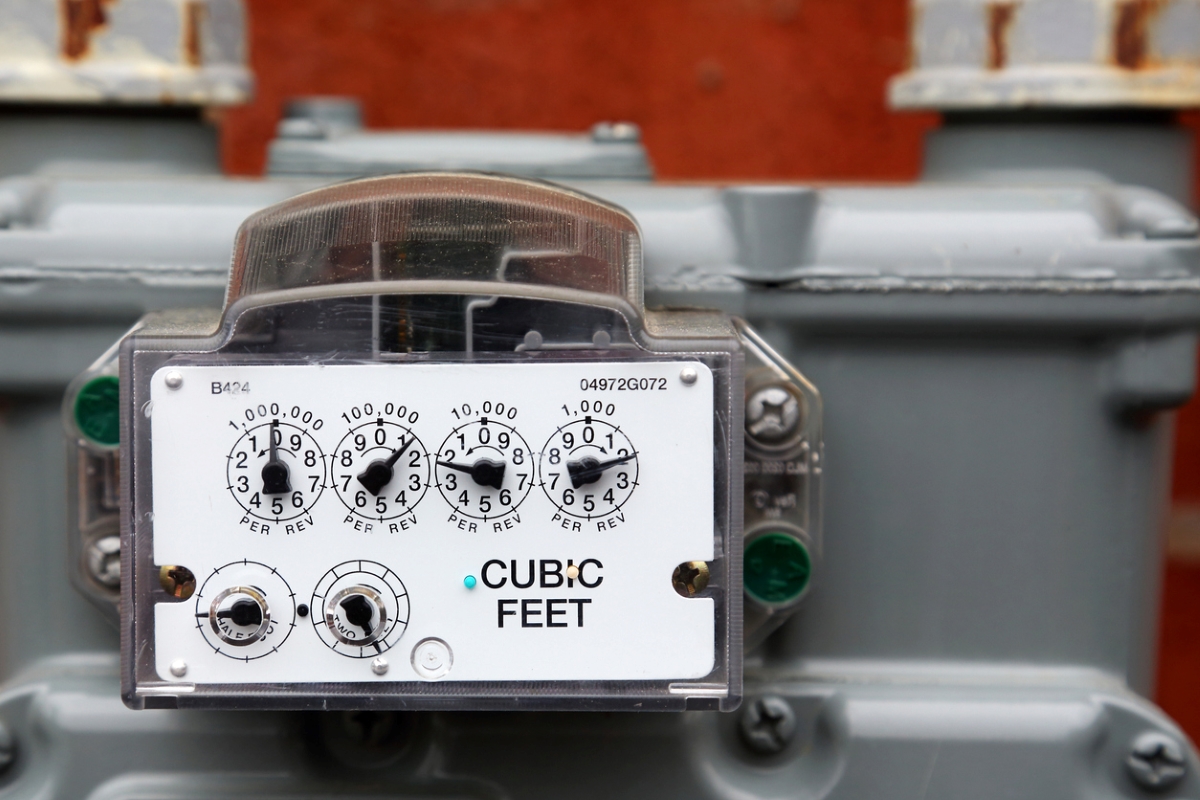
Natural gas meters work slightly differently than electric meters, as the force of the home’s gas passing through the meter that operates the meter. First, before going over how to read a gas meter, take a second to learn about how utility companies measure gas.
Utility companies measure natural gas by the cubic foot, and utility meters measure by the 1,000 cubic feet (MCF) or 100 cubic feet (CCF). Another unit some utility companies might use is a therm, an amount of gas roughly equivalent to 1 CCF.
It’s not necessary to read gas meter dials from right to left, but it’s important to note that some gas meter dials turn clockwise while others turn counterclockwise, similar to an electric meter. Be sure to check each dial’s direction before recording using the following steps:
- Take a pencil and paper out to the meter and stand in front of it, as close to eye level as possible.
- Starting at the left-most dial, write down the digit indicated by the arrow. If the arrow is between numbers, record the lower of the two numbers. If the arrow lands directly on a number, check the dial to the right to ensure that the arrow on that dial is past zero. If not, round down by one.
- Record the amount in number form. This will give you the CCF or MCF of natural gas used to this point.
How to Read a Digital Power Meter
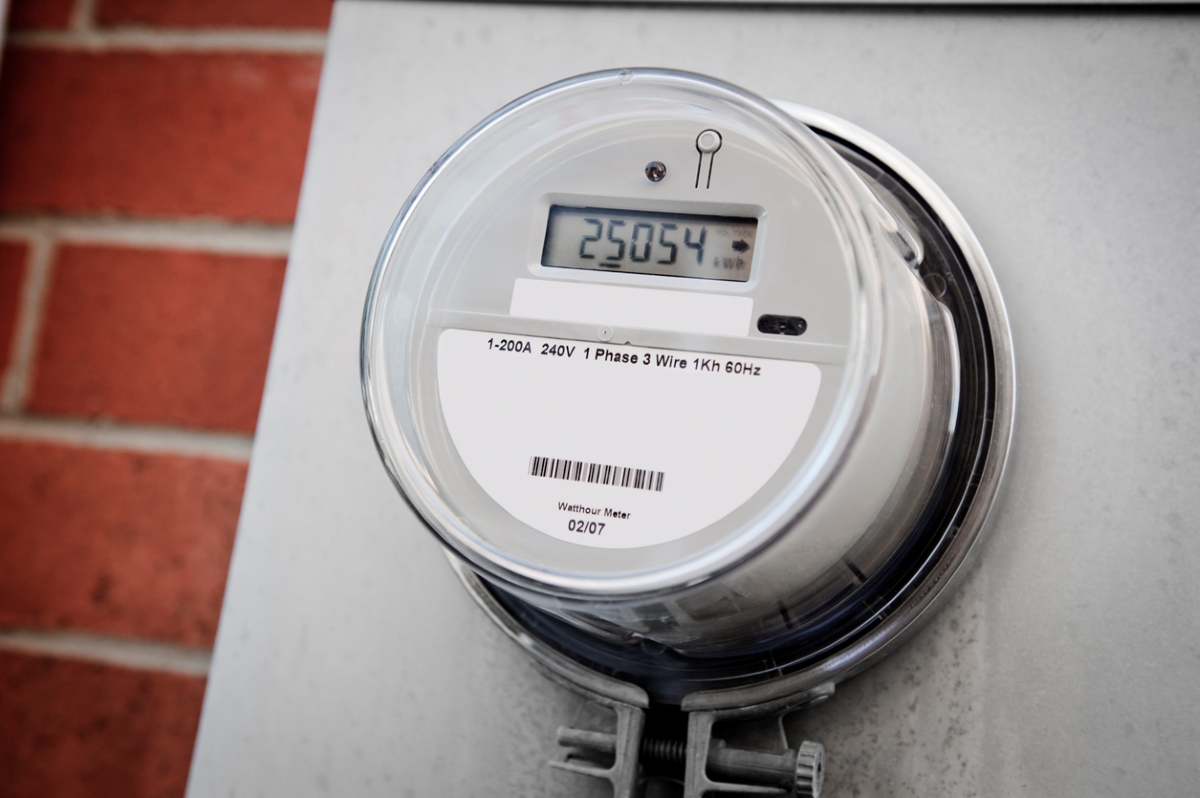
Unlike analog meters with confusing clock-like dials, some electric or gas meters are digital. They take readings electronically and transfer those readings to a digital display, not unlike a calculator. Unsurprisingly, reading electric meters and gas meters with digital displays is very easy.
When reading a digital power meter, read the number on the display from left to right, just as it is displayed on the screen. This number will represent the number of kWh of electricity used, or CCF or MCF of natural gas used. This is by far the easiest type of meter to read and understand, and many utility companies will update existing meters to digital displays upon homeowner request.
Meter Testing
Gas and electric meters are precision instruments. Being constantly exposed to the weather, however, they do take a beating and can potentially lose accuracy over time. If you suspect your home’s meters might not be up to snuff, you can request the utility company to test them.
Generally speaking, this involves putting down a deposit to have a meter tested. The utility company will then come out and test the meter’s accuracy. If it’s found to be inaccurate, the utility company will adjust the monthly utility bill and refund the deposit. If the meter is accurate, the deposit may be lost. Luckily, this is typically a small sum.
Note that “accurate” may not always mean “cheaper.” Homeowners shouldn’t be surprised if their monthly bill goes up after a meter tester finds an electric meter was inaccurately recording lower usage figures beforehand. Utility companies reserve the right to increase bills accordingly after an electric meter test.
Understanding Your Home’s Energy Usage
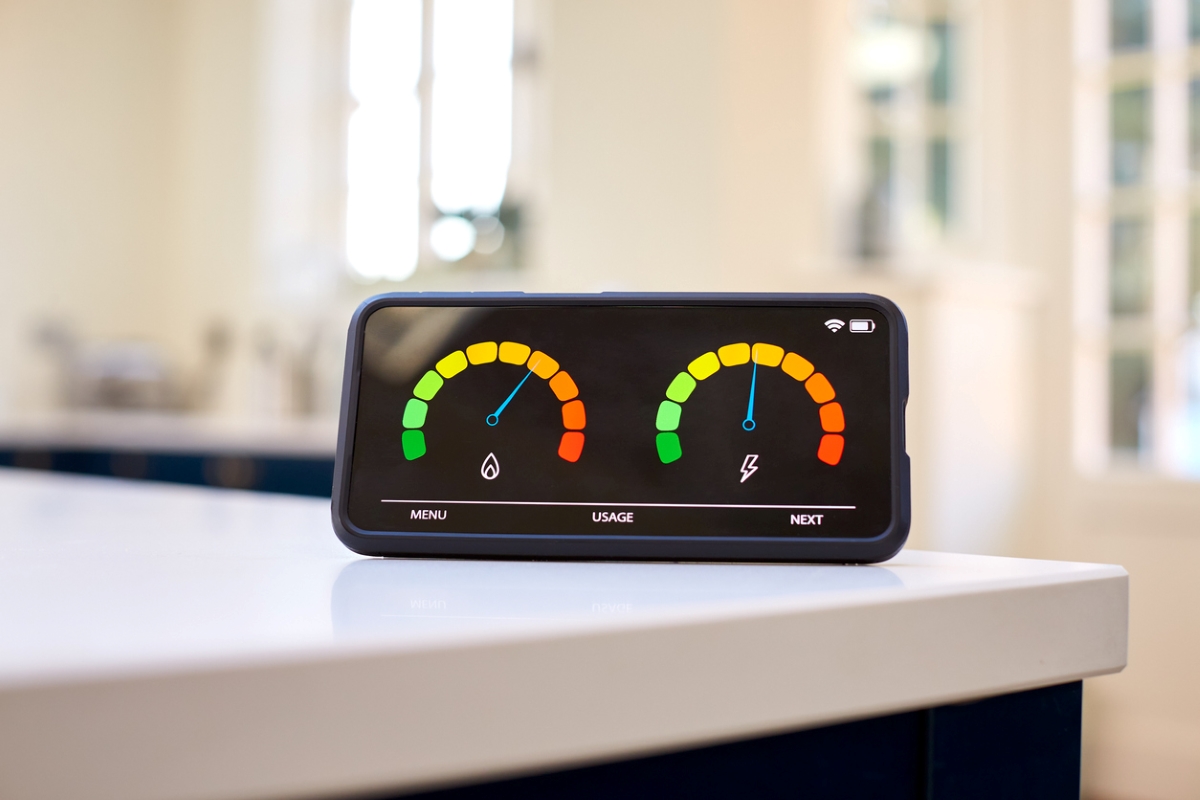
Energy usage is a tricky subject, but it’s important to know where the home’s consumption lands. Homeowners and renters who monitor their energy usage by knowing how to read an electric meter will be able to better understand their energy bills each month.
By comparing the cost of each kWh or CCF to the amount used (be sure to account for delivery fees and other costs), utility company customers can become better-educated consumers. They’ll know exactly how much energy they used and if they’re being charged fairly. And, with proper records, they may even be able to prove when they’ve overpaid and get a credit on their account—all because they learned how to read an electric meter.
RELATED: 7 Signs Your HVAC System Is Wasting Energy—And What to Do About It

